[ad_1]
On a hushed, slender road embellished with wrought-iron balconies within the small Catalonian metropolis of Solsona, native information Ivan Viladrich has simply pushed open the unassuming picket door of an 18th-century constructing. Hidden inside are two pairs of intricately sculpted gegants (Catalan dancing giants) whose historical past goes again to the late seventeenth century. Within the subsequent room, there’s a 330-year-old picket dragon (the Drac de Solsona), weighing nearly 100kg, surrounded by all types of different mythological animal figures. They’ve all simply been twirled and paraded round city through the Festa Main, held each September in Solsona.
“Solsona may not have massive sights like Barcelona but it surely does have many small factors of nice curiosity, particularly the outdated city with its intriguing structure and Romanesque-origin cathedral,” says Ivan, who has been main excursions right here with Solsona Expertise since 2016. He explains how town’s cultural heritage is one in all its key tourism sights, earlier than declaring gurgling gothic fountains, steeply sloping squares, curiously carved picket beams and the weekly market as we stroll by way of the cobbled centre.
Solsona, capital of Solsonès county, which lies between Barcelona and the Pyrenees, is one in all many lesser-known regional stops on the just-launched Grand Tour of Catalonia, a challenge devised by the Catalan vacationer board. Masking 2,200km, the Grand Tour goals to decentralise the area’s Barcelona-focused tourism business, encourage guests to discover throughout quieter seasons and shine a light-weight on its cultural, pure and gastronomic variety.
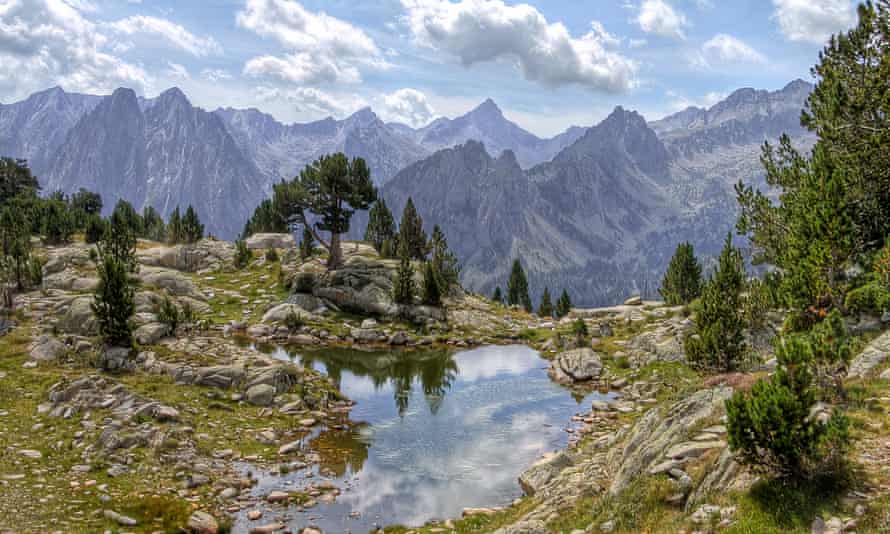
Within the lead-up to the pandemic, Barcelona’s wrestle with overtourism was reaching disaster level. Native efforts to sort out it already included clamping down on unlawful vacationer flats, a ban on new resorts within the metropolis centre and a particular preservation standing for 220 conventional outlets and 11 emblematic bars at risk of being pushed out by rising rents. In 2019, Catalonia’s capital (inhabitants: 1.6 million) obtained round 32 million vacationers – and solely 13.9 million of them stayed for one evening or longer (nonetheless a document quantity). There have been additionally rising considerations about irresponsible tourism (notably boat events) damaging the Costa Brava’s fragile pure surroundings. Then every thing got here to a sudden standstill.
Now, as tourism begins to return (Barcelona noticed 1.9 million in a single day guests this summer season, whereas the Costa Brava returned to pre-pandemic ranges), Catalonia’s authorities are eager to proceed shifting in a extra sustainable course and fight overtourism, with plans additionally lately unveiled to remodel Barcelona’s overrun La Rambla into an immersive arts hub.
“Earlier than the pandemic, round 90% of worldwide vacationers to Catalonia headed for Barcelona, the Costa Brava and/or the Costa Daurada, and solely 10% explored the inside,” says Aicard Guinovart, director of the Catalan Vacationer Board within the UK, over breakfast at Resort 1882 Barcelona 1882. “If guests eager to see Montserrat, for instance, keep on for a number of nights exploring close by Solsona and Cardona (slightly than day-tripping from Barcelona), the cultural and financial advantages of tourism can be felt extra extensively throughout this central area of Catalonia. This type of longer, extra in-depth journey is what persons are searching for as we emerge from the pandemic.”
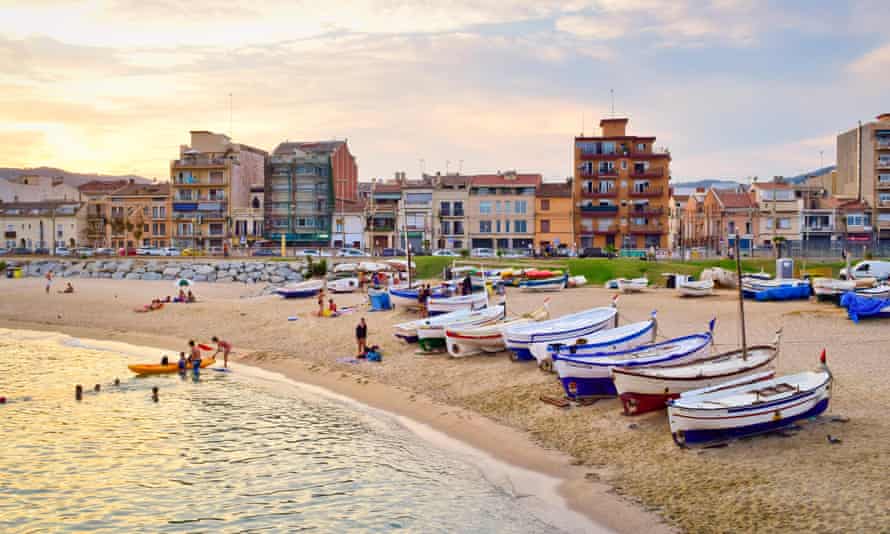
The Grand Tour loops throughout Catalonia and is split into 5 principal sections, with a give attention to accountable tourism, small-scale companies and native tradition and traditions. For those who fancy tackling the complete journey, you’ll want no less than two weeks, but it surely can be minimize down or constructed round a selected theme (gastronomy, outside, galleries). Quickly to comply with are electric-vehicle guides (with mapped charging factors and advisable car-hire collaborators), tips about sustainably run lodging, and choices for having fun with the assorted itineraries totally by public transport.
Prime of my checklist amongst Catalonia’s lesser-visited corners is the secluded, rice-growing Delta de l’Ebre, which is round 80km south-west from Tarragona and borders the Valencia area to the south. On the mouth of Spain’s second-longest river, waterways ripple amongst electric-green rice fields, windswept Mediterranean dunes and marshes the place flamingos splash about.
A lot of this space has been a protected parc pure since 1983. I’ve stayed in peaceable rural resorts right here, wandered alone alongside wild, sandy-gold seashores, hopped on a ship right down to the Balearic Sea, and devoured paellas at laid-back riverside eating places. You too can sail out to a floating mussel farm for lunch, cycle and hike by way of the fields, strive kitesurfing and kayaking or mountaineering, spot a few of the delta’s 330 fowl species (particularly through the autumn migration season), and even be part of an area household to study rice-farming.
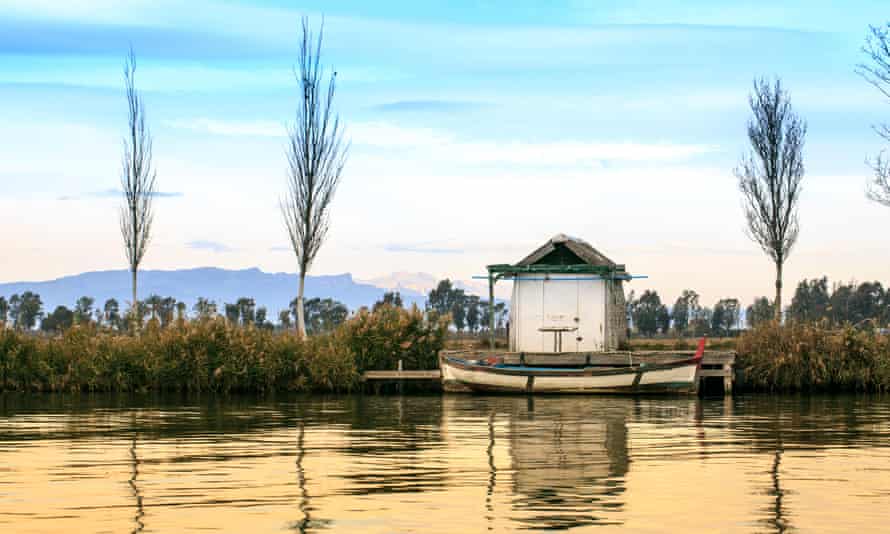
Up within the Pyrenees, on the border with Aragón and France, Lleida province’s distant Val d’Aran is one other shock. Till the late Forties, when a tunnel was carved by way of the mountains south from Vielha city, it wasn’t even doable to get right here by highway from the remainder of Spain. Whereas the world’s upmarket ski resorts now buzz in winter, there’s lots extra to take pleasure in by way of the yr, together with elevated hikes, a wealth of journey actions, wide-open mountain views, effervescent sizzling springs, French-influenced eating places and beautiful stone villages stuffed with geraniums, akin to Arties, Bagergue and Salardú.
Spinning south, you’ll attain the Pyrenees’ stunning Vall de Boí, which I’ve fond reminiscences of stumbling down into after mountaineering greater than 20km from the not-so-neighbouring city of Espot. This mountainous pocket reveals a few of the most essential Catalan Romanesque church buildings nonetheless standing – slender, multistorey, Unesco-listed creations courting from the eleventh and twelfth centuries, whose interiors had been initially stuffed with wealthy non secular artwork (most of it’s now in Barcelona’s Museu Nacional d’Artwork de Catalunya). The small stone villages right here – Taüll, Boí, Erill la Vall – are amongst northern Catalonia’s most putting.
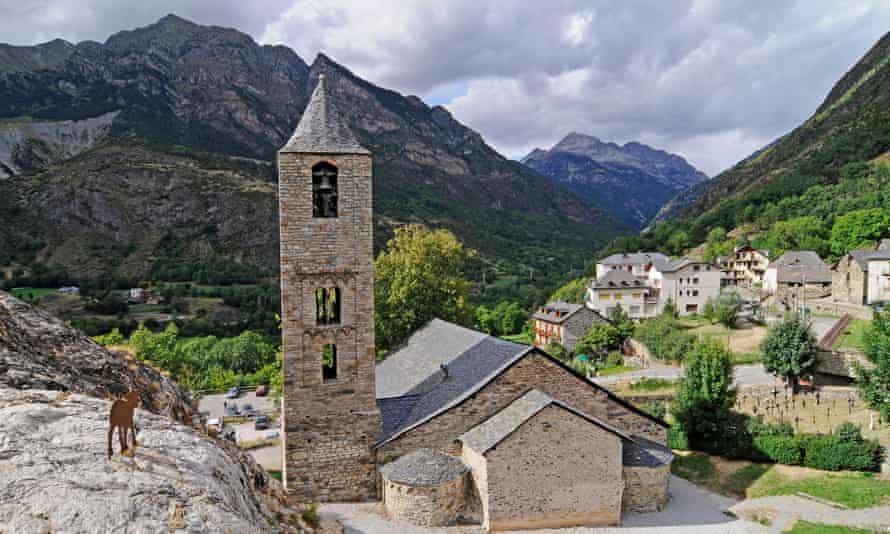
The Boí valley sits on the western fringe of Aigüestortes, Catalonia’s solely nationwide park. Strolling trails thread by way of this high-mountain wonderland dotted with pine forests, distant refugis (mountain refuges) and glowing lakes. And in the event you swap the high-summer season for autumn, you could simply have all of them to your self.
Elsewhere, you possibly can roam round much less touristy Catalan vineyards in Tarragona’s adjoining Priorat and Montsant wine areas and Lleida’s more and more revered Costers del Segre DO (Denominació d’Origen); take in domestically liked seashores and modernista structure alongside the Costa Maresme simply north of Barcelona; set off multiday mountaineering or go mountaineering within the distant Parc Pure del Cadí-Moixeró, between Cerdanya and La Seu d’Urgell; and rather more.
As we head south from Solsona, previous Cardona’s imposing ninth-century fortress, in the direction of glitzy Sitges on the Costa del Garraf for the ultimate evening of my journey, I spy the foothills of the Pyrenees looming within the distance, and immediately get cracking on planning my subsequent journey round Catalonia. The one downside is that I’m spoilt for selection.
The journey was supported by the Catalan Vacationer Board; for extra info see catalunya.com and grandtour.catalunya.com
A grand tour: 5 methods to see Catalonia
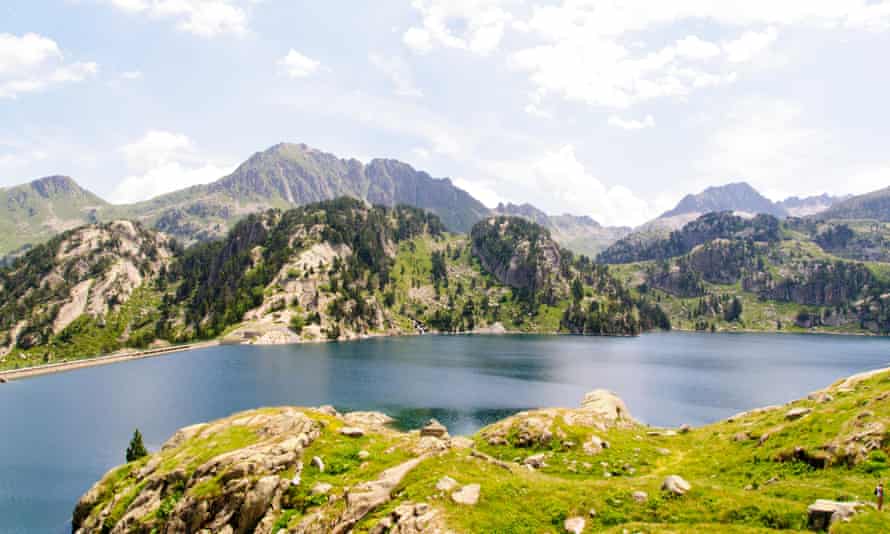
Hit the coast
From riverboat cruises to thrilling water sports activities, Delta de l’Ebre in Catalonia’s south-west is full of outside enjoyable and back-to-nature seashores. Mural-filled Hostal Cling 43 (doubles from €68) makes a superb base in Deltebre.
Work all of the ambles
Hikers can get away from all of it in Vall de Boí and Parc Nacional d’Aigüestortes (the full-day Espot-Boí path crosses all the park). Spectacular Catalan Romanesque church buildings are value a visit in their very own proper. Keep on the rustic-modern Hostal La Plaça, reverse Erill La Vall’s church (doubles from €63).
Grand designs
El Solsonès in central Catalonia is thought for Romanesque and baroque structure, together with Solsona’s cathedral. Solsona Expertise gives glorious guided excursions, and you’ll sleep in a modernista mansion at Hotel Sant Roc (doubles from €96)
Up and down the slopes
Deep-winter snowboarding, peaceable villages and hikes into the area’s solely nationwide park are among the many attracts of Val d’Aran, the adventure-loving Pyrenees valley. Casa Irene (doubles from €120) is a classy, wood-beamed spa resort in fairly Arties.
Pattern a drop
For those who’re eager to dive into Catalan wines in a barely quieter setting, head to the distinguished grape-growing Priorat hills west of Tarragona, the place Lotus Priorat (doubles from €80) is an enthralling boutique place to remain.